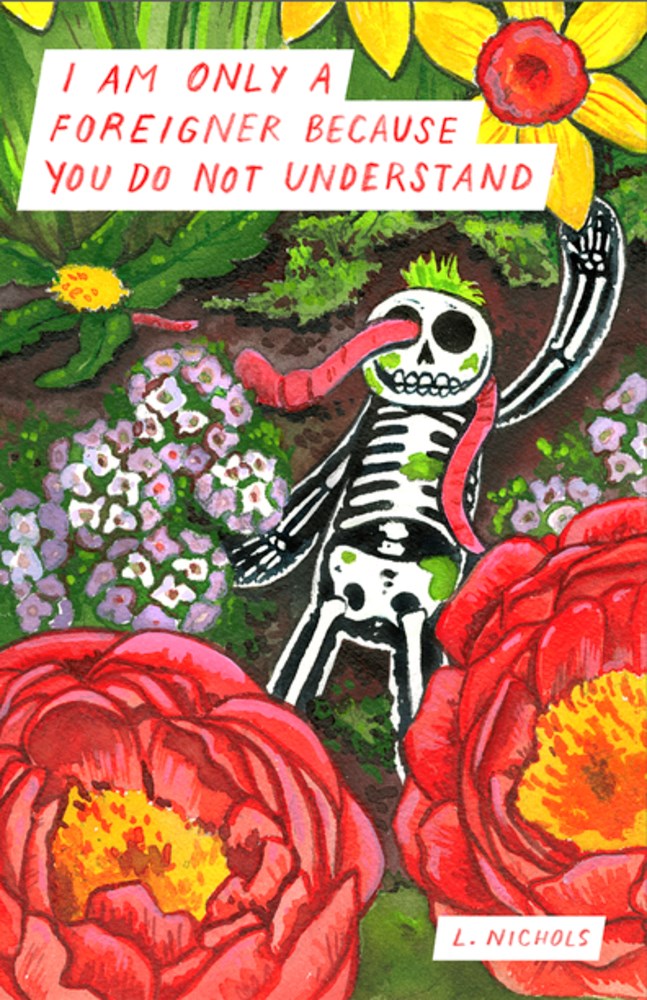2018 School Spending Survey Report
I Am Only a Foreigner Because You Do Not Understand
COPY ISBN
VERDICT This poignant meditation on a body that seems difficult to understand or love, but all too easily exploited, challenges readers to contemplate the complexity of human selves, including their own.
ALREADY A SUBSCRIBER? LOG IN
We are currently offering this content for free. Sign up now to activate your personal profile, where you can save articles for future viewing




Comment Policy:
Comment should not be empty !!!